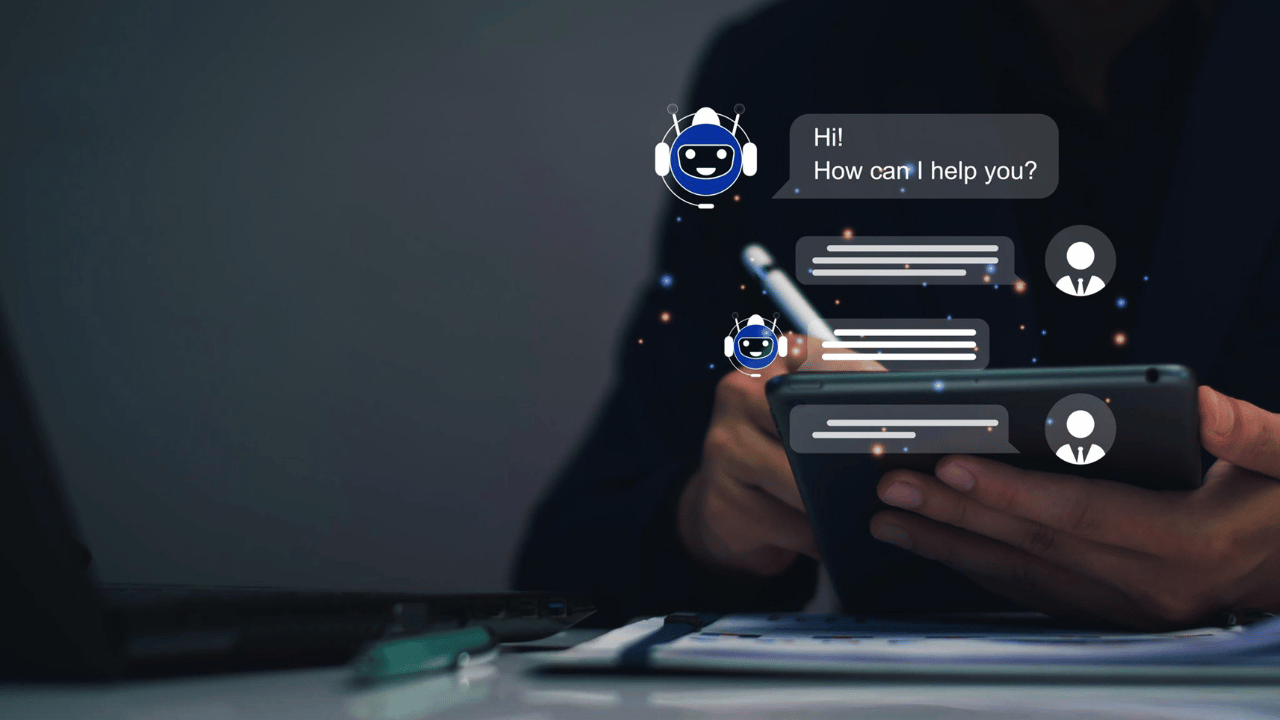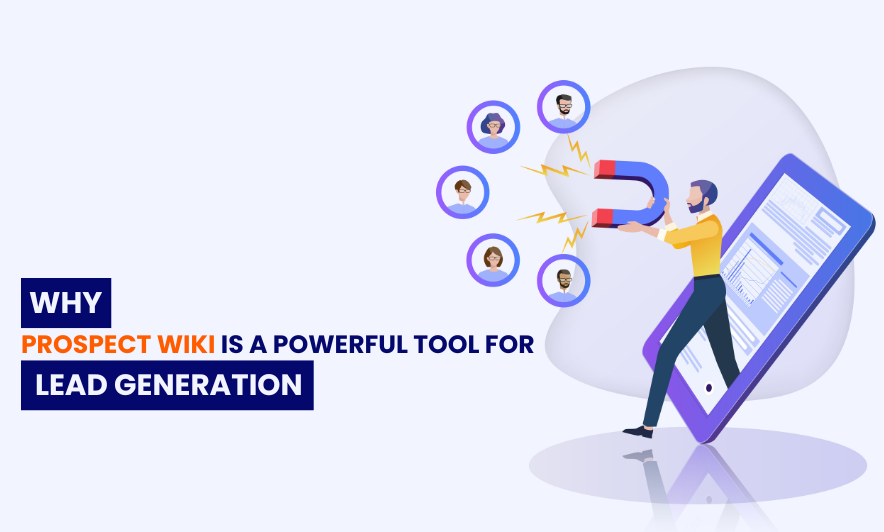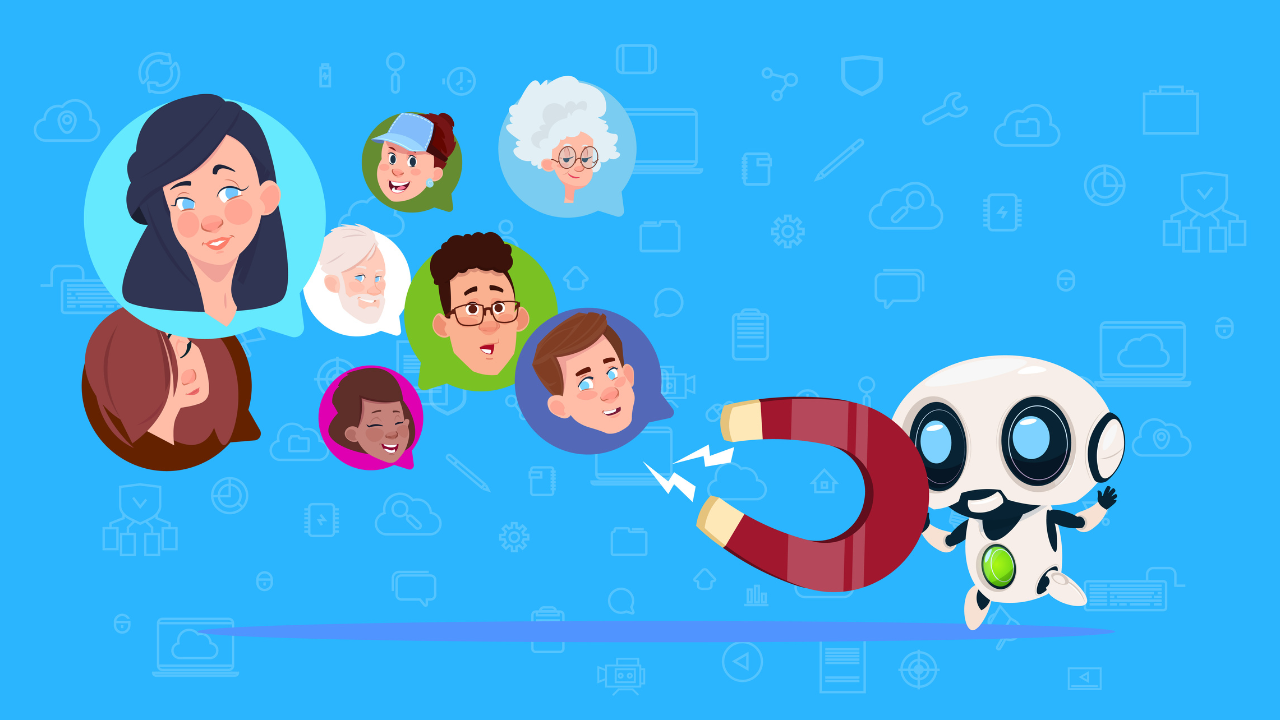Discover how chatbots enhance lead capture by offering instant responses, personalized interactions, and seamless data collection—helping businesses turn website visitors into qualified leads.
The rise of conversational AI has brought chatbots into the spotlight as one of the most discussed tools in digital marketing. Businesses across industries are increasingly relying on chatbots to engage website visitors, answer queries instantly, and, most importantly, capture potential leads. But the question remains: do chatbots deliver when it comes to turning casual visitors into qualified leads?
The Role of Chatbots in Lead Capture
A chatbot acts as the first point of contact on a website or application, welcoming users and guiding them toward relevant information. Unlike traditional static forms, chatbots create an interactive experience that feels more personal. Instead of filling out multiple fields, users can simply respond to conversational prompts. This reduces friction and makes it more likely for visitors to share their details.
For businesses, the advantage is twofold: chatbots not only collect lead information but also segment and qualify prospects based on predefined rules or AI-driven insights. This ensures sales teams spend their time on higher-quality opportunities rather than sifting through unfiltered data.
Do Chatbots really Work for Lead Generation?
The effectiveness of chatbots for lead capture depends on how they are designed and deployed. When implemented thoughtfully, they can significantly improve both the volume and quality of leads. Here are some ways they deliver results:
- 24/7 Availability – Chatbots don’t take breaks. They ensure every visitor, regardless of time zone, has an opportunity to interact and leave their details.
- Instant Response – In an age where customers expect quick answers, chatbots reduce wait times and keep prospects engaged.
- Personalized Interaction – Advanced chatbots can adapt conversations based on user behavior, interests, and past interactions, making the experience feel tailored.
- Seamless Data Capture – Unlike traditional forms, chatbots make sharing information feel conversational, which often leads to higher completion rates.
- Lead Qualification – Chatbots can identify whether a visitor is a genuine prospect or just browsing by asking strategic questions, saving time for sales teams.
However, the success of a chatbot isn’t automatic. Poorly designed bots that provide irrelevant responses or fail to escalate queries to a human representative can frustrate users and drive them away. The key lies in striking a balance between automation and human touch.
Common Misconceptions about Chatbots
While chatbots are powerful, misconceptions often cloud their potential:
- They replace humans completely – Chatbots are not meant to eliminate human agents but to complement them by handling repetitive queries and filtering leads.
- All chatbots are the same – The effectiveness depends heavily on the underlying technology, whether it’s rule-based or AI-driven.
- They are only for big businesses – Even small and medium-sized enterprises can leverage chatbots for cost-effective lead generation.
Recognizing these myths helps businesses set realistic expectations and design chatbot strategies that work.
Chatbots are not a magic bullet, but when integrated thoughtfully, they can be a highly effective tool for lead capture. They reduce barriers to engagement, streamline the qualification process, and keep prospects engaged in real time. Still, they work best when paired with human interaction to close the loop on meaningful conversations.
As digital engagement
continues to evolve, businesses that adopt smart chatbot strategies, and
platforms like Prospect Wiki, are better positioned to turn conversations into
opportunities and visitors into valuable leads.















